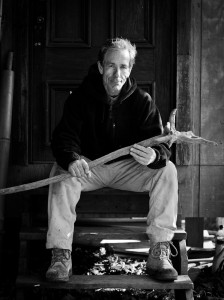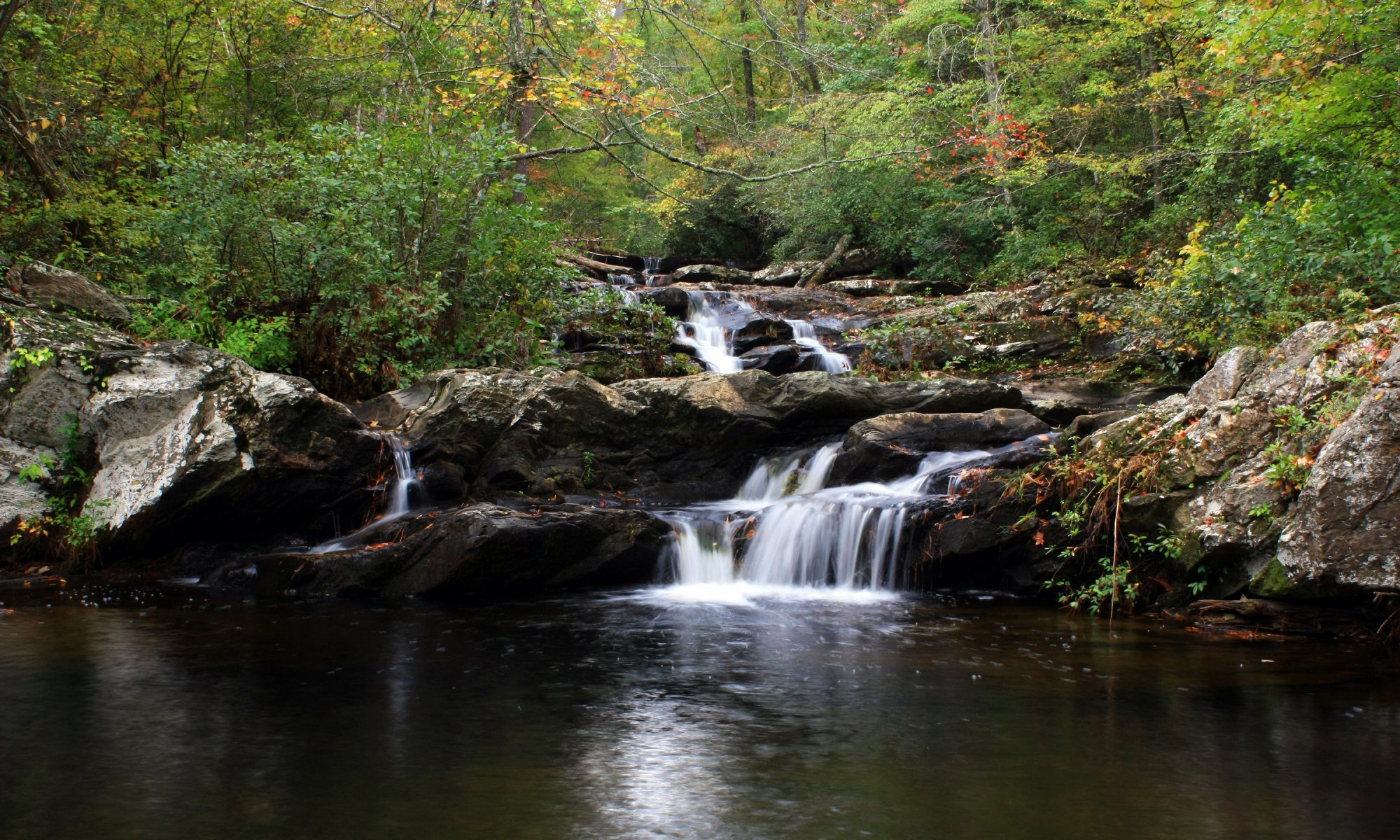 For the first two-thirds of my 60+ years of research into the life of Wyatt Earp, I made an assumption about his personality that I now consider to be inaccurate. Based upon the accounts of his actions in crisis moments, it was easy to assign to Mr. Earp the word “courageous.” In fact, this was the very character trait that reached out to me as a child and hooked me for life. All through my youth, courage fascinated me. It still does.
For the first two-thirds of my 60+ years of research into the life of Wyatt Earp, I made an assumption about his personality that I now consider to be inaccurate. Based upon the accounts of his actions in crisis moments, it was easy to assign to Mr. Earp the word “courageous.” In fact, this was the very character trait that reached out to me as a child and hooked me for life. All through my youth, courage fascinated me. It still does.
Once I had read my first book about Wyatt Earp, I looked for another. Eventually I discovered library files, micro-films of old newspapers, and stacks of dusty magazines. Later I sought out interviews with historians. And so it went.
Though different researchers and authors have, over the 90 years since Wyatt died, depicted him as either a stalwart frontier lawman or as a sly opportunist who often blurred the lines of ethics, no one has convincingly challenged his grit. He was a very deliberate man. His quiet strength and determined approach to problems earned him either loyal allies or desperate enemies with little else remaining in between. As a young boy it was easy for me to catalogue Wyatt’s man-of-action qualities under the mantle of “courage,” but now I believe it was something else.
Bat Masterson and Jimmy Cairns—both Kansas lawmen who worked with Wyatt—had named it long ago, when they remarked that Wyatt operated as an officer of the law with an “utter lack of fear.” Wyatt took a straight-ahead approach to problems. Once he knew what he needed to do, little could stop him. Entering into a confrontation without fear . . . and entering such a scenario with courage . . . are two very different things.
To exercise courage one must overcome fear. To be fearless is just that—without fear. In this latter case there is nothing to overcome. Though the two approaches might appear identical to an observer, they are not.
One end result of conquering fear is a boost to self-esteem. A person who bravely surmounts his anxieties earns a certain validation of his ideal character. He lives up to his own code of behavior, even when consequences loom. I suspect that Wyatt Earp did not experience such revelatory surges of pride. Perhaps his pride was a permanent fixture that resulted from his fearlessness. Perhaps it served as a driving momentum for his “straight-ahead” personality.
We don’t often meet fearless individuals. They are uncommon. To complicate the issue, some people are fearless at certain points in their lives but at other times they feel the vulnerability of being afraid. If ever you ask someone “Have you never felt fear?” and he/she truthfully answers “Never” . . . you are talking to a rare human being. A conversation with such a person might prove educational. Perhaps that person’s personality might share some common ground with Wyatt Earp’s demeanor.
How does a person acquire such an unusual trait as fearlessness? Certainly some of it is the result of genetics. Wyatt’s father, Nicholas, was domineering, blustery, bossy, and intolerant of dissension. Another way to look at those qualities is to call the man “extremely confident” about his opinions. While Nicholas was noisy and bombastic about his beliefs, Wyatt was quiet, a man of few words. All of this begs a few questions: 1.) Did Wyatt acquire his confidence from his father’s DNA? 2.) Did the clannishness of the Earps promote feelings of superiority over others? 3.) Did Wyatt develop an internal confidence as a way to survive his father’s rule?
I believe the answers to all the above should be woven together and considered. But a definitive answer is more complicated than choosing one reasonable answer. It must have been quite a lesson as a youngster for Wyatt to see the way that Nicholas treated other people in order to get what Nick wanted, because, even though the elder Earp lacked tact, he generally came out on top.
Life on an Iowa farm among five brothers undoubtedly spawned a sense of solidarity for the Earp boys. Together they solved whatever problems arose in agrarian life. Plus, each brother knew that his kin would back him up against outsiders. The Earp boys would have experienced the typical competitions between brothers, but overshadowing any inner turmoil in the family was the need to show a common front against a Dutch-dominated community.
We can surmise and theorize over such matters of the psyche and never know the absolute truth. But, for my two cents, I believe that genetics weighs in heavily in this equation. It appears that Nicholas’s domineering character passed to Wyatt as an Earp legacy, but Wyatt carried it with reserve and containment. To illustrate my point, I imagine someone asking Nicholas about an altercation he had on the street with a political rival. The elder Earp would have delivered a blow by blow accounting of the affair, giving himself the better of it, no doubt. On the other hand, whenever Wyatt was asked about the famous gunfight in Tombstone (the one the world would call “the O.K. Corral fight”), his reply was always to say: “I suppose we can find something better than that to talk about.”


To compare photographs of Nicholas and Wyatt, one sees the same glowering eyes . . . more so with Wyatt than for any other Earp brother. Each time these two men faced a camera, they looked as if they were “staring a man down.” Even into his old age, Wyatt “called out” the camera with his all-business eyes. I know of only one photograph that shows him smiling, and each time I show it to someone I get the same question: “How can you tell he’s smiling?” People ask this because Wyatt’s head is tilted down, making it difficult to see his mouth below his moustache. His eyes are looking down at his dog, and so the observer sees only Wyatt’s eyelids. But I know he’s smiling. It shows in the subtle shadows of his face.

Unlike today’s spate of cell phone selfies and snap shots, photographic images of people from the 19th century West almost never show a smile. That might tell us something about the hardships of making a life on the frontier in the 1800’s. Or perhaps about the pride of surviving it. Still it’s interesting to study the old images, to see what a person chose to wear for the occasion of a photograph. Or to see what prop the poser borrowed from the photographer’s supply of studio accoutrements.” Many young men in these centuries-old images, for example, clutched rifles and stuffed revolvers and knives in waistbands, belts, and boot tops until they bristled with artillery. Such a tintype would be carried home to show friends how one decks out for a life of adventure. Their portraits seem to say: “If you’ve got the sand to follow my footsteps (to ‘see the elephant’) you’d better be prepared for anything . . . just like I am.” All that Colt, Remington, Winchester, and Smith & Wesson hardware in a photo might be likened to a varsity letter on a school jacket in my high school days.
To my knowledge, Wyatt never brandished a pistol in a photo. He probably never felt the need.
Personally, I have known fear. But I’ve also known courage . . . its costs . . . and the benefits that come from employing it. So, doesn’t that mean that I, as an author, should not know how to write about someone who is fearless . . . someone like Wyatt Earp? What, you might ask, gives me the author-ity to describe Earp’s feelings, motives, and mindset?
For half a century I couldn’t do it. I could detail what he did, where and when he did it, and with whom, but not always the “whys” and “hows.” But here’s what I have learned. As all of us get older, we come closer to a kind of fearlessness. Not in dare-devil feats. I’m talking about a quieter demeanor in facing the challenges that come our way. We gain a larger perspective about what is important and what is not, and this view can sometimes dwarf threats from menacing to laughable. This territory of fearlessness grows with every year. This is why I waited 60 years to write about a fearless man. It took me that long to understand what made Wyatt Earp tick.
In the long haul, Wyatt’s fearlessness served him well in his years wearing a badge but did little to further him toward his ambitions. This is why I have evoked the Mexican adage of the “adobe moon” in my first book of his story. It’s a moon the color of mud, reminding one who gazes at it and dreams of his future that, inevitably, he must eventually settle for what he has . . . like a home made of mud.
If you enjoyed Adobe Moon, the first book in the trilogy Wyatt Earp, An American Odyssey, the second book debuts November 21. This one is called Born to the Badge and covers the Kansas years, 1874 – 1879. This is the period in which Wyatt’s formative years in lawing turn professional, and the reader watches Earp unknowingly prepare for the trials of Arizona Territory that await him. The final book covering the Tombstone years is called Promised Land and comes out in September of 2019.
Here are a few remarks about Born to the Badge by several renowned researchers:
“Mark Warren is the first writer to illuminate the Earp story from the inside. Adobe Moon and Born to the Badge show you why Wyatt Earp became a legend and what that legend was born out of.” ~ Allen Barra, author of Inventing Wyatt Earp, his Life and Many Legends
“They still talk about Wyatt Earp in Wichita and Dodge City. After reading Mark Warren’s Born to the Badge, you’ll understand why.” ~ Jeff Morey, historical consultant for the movie Tombstone
“Warren’s intensive research uncovers layers beyond the legend as Wyatt Earp follows the sun westward in pursuit of another opportunity. Accurate discourse unites with historical truth to produce a thrilling read that is really tough to put down.” ~ Eddie Lanham, historical researcher
“Historian Mark Warren’s second volume in his trilogy on the life and times of Wyatt Earp (presents) dialogue that is virtually true to life and gives the feeling the author must have been present when the words were originally spoken. This volume has been anticipated and meets all expectations.” ~ Roy B. Young, Wild West History Association
